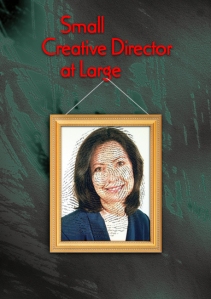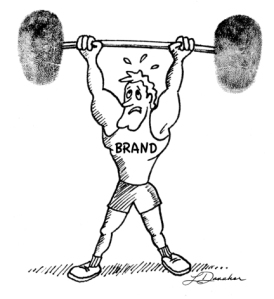Armed with only your experience and knowledge, troubleshooting can seem less overwhelming with these five steps:
1) Situation Analysis – Identify the problem using clues and data. There also may be more than one problem
2) Cause Analysis – Determine the problem’s root cause
3) Solution Selection – Generate, evaluate and prioritize options. determine the steps that change one factor at a time to avoid misjudging the result of that change
4) Evaluate Results – What do they tell us? Does it make sense?
5) Review and Documentation – Document the meaning of the results and determine if the problem is solved
Begin With the Least Expensive Fix
I like to start with the most cost-effective solution first. If that doesn’t solve the problem, then I move on to the next logical solution. For example, I recently received a document from a client that was corrupted and the corruption was not obvious at first. However, it caused serious problems to two of my software programs. I isolated the problem by launching the programs that were effected, one at a time and noticed that when I opened the corrupted document, the problems began to happen again. The program would not allow me to save any changes and it froze several times, prompting me to force quit the application. Before I called my technician, I restarted the computer and did not access the document at all that day. My applications worked fine, so I knew this corrupted document was the root cause.
Get Chatty Online
If I had suspected that the problem was due to an outdated program, before I spent hundreds of dollars on software updates, online chat rooms are a good way to discover solutions. If there are patches or fixes, you can first see if they work. If not, several companies allow you to try out their software and updates before purchasing and this may be a good way to see if old versions should be replaced.
Through the help of one of these online chat rooms, I repaired my old G5 long enough to retrieve important information from the hard drive. Although I have a new iMac, the G5 was useful for several tasks. My technician, Mac Jerry, had evaluated the situation and he thought it needed a new video card. I ordered the card and he replaced it – to no avail. While he was out on another assignment, I went online to a chat room and input my situation. I received several responses, which had been cached, and discovered that the G5s had a peculiar tendency to not recognize the second video card on the memory board due to a flaw in the design. Apparently when they get old, the metal that holds the video card gets brittle and the card begins to separate from the mother board. When Jerry returned, I explained the solution to him and at first, he thought I was joking. By heating the metal with a hairdryer, and gently pushing the card to the mother board, we were able to start the computer and retrieve the information. Jerry said that he would not have believed it if he didn’t see it with his own eyes.







